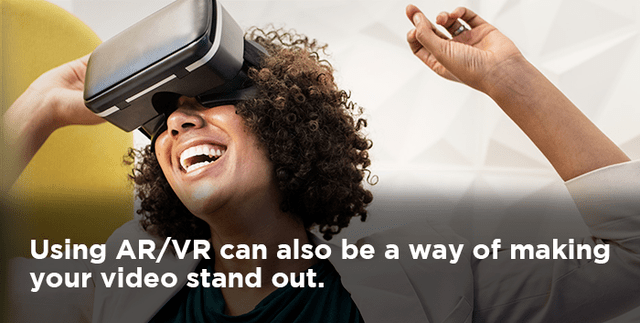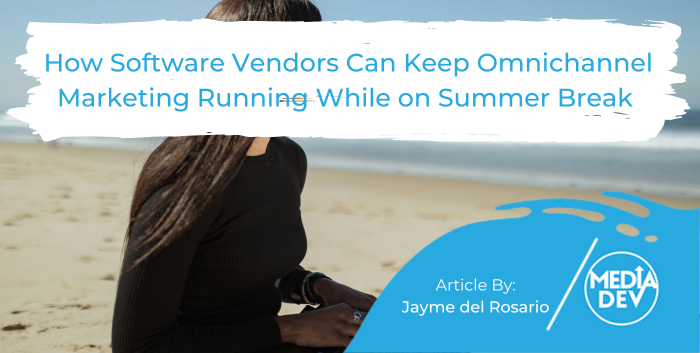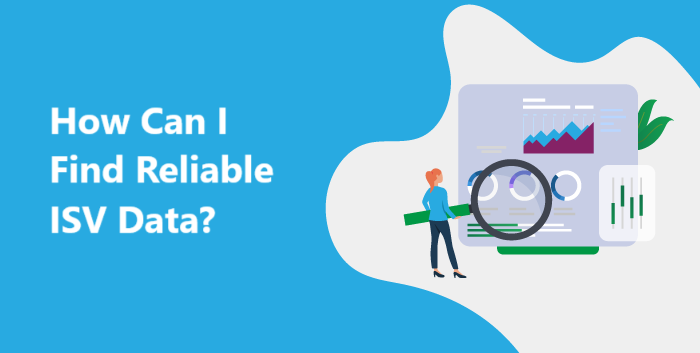Once upon a time, a long, long time ago, creating marketing videos used to be a big budget affair. I know — I used to help make them! It required a film crew, a lot of b-roll, a good editor … the works. Today, videos can be produced easily and for a lot less money — it’s no longer necessary to have a half a dozen technical experts on your team to get the job done well.
Video consumption is increasing as more and more people are glued to their smartphones and tablets accessing online content on the go. According to Cisco, 74% of internet traffic in 2017 involved video content. And according to the Aberdeen Group, the average conversion rate of a website without video is 2.9% compared with 4.8% for a site using video.
Video is the ideal medium to get detailed information across to a prospect and helps build trust with your potential buyers. By combining sound, image and storytelling, videos can create an emotional link to the brand with continued exposure. Of course, as with all content, it is important that the topic resonates with your target audience in order to grab their attention so that they’ll watch the video through to the end. Not only are videos great for social media exposure, they can also be used to attract people to visit your website.
Here are a few tips to make your next explainer video a successful lead magnet:
Know your buyer personas
The first key question you need to ask yourself before creating a video is, “Who do you want to target?” Making sure that you know your audience will help determine the content and the messaging that is likely to attract those people to watch. Videos shouldn’t be a one-size-fits-all thing, especially in B2B software marketing. Getting to know what your audience cares about will help you pick the emotion you can tap into in your video so that the story you transmit is “sticky” (ie memorable).
Keep your message on-point
I once had a boss you insisted I write him one email per topic. While in the beginning I thought that this was rather tedious (it meant having to write him 20 different emails at times!), it was good advice. Why? Because if you keep your message on point, it cannot be diluted, and you are more likely to get someone to respond. With videos it is also good to keep them short and sweet. The most effective videos are between 2 and 4 minutes long, and they focus on one subject at a time. So instead of creating a video that goes on for 20 minutes about all the great things your solution can do, focus on one benefit or one feature that will bring value to a particular type of prospect.
Test and tweak
Testing the effectiveness of your video and modifying it based on audience feedback is a good way to make sure it is optimized. If your video has a high dropout rate after 20 seconds, it means a change is in order. A/B testing can help pinpoint areas of improvement — this can also be used to test the distribution method (platform used, day of the week and time of day that the video is posted on social media, for example). If you use email marketing as part of your overall strategy, you can send a message to your prospect list announcing the publication of a new video to get the most bang for your buck.
Don’t forget mobile
Mobile videos represent approximately 66% of all online traffic. On Facebook alone, 65% of all the videos posted are coming from mobile devices. Whether or not you take your video with a mobile, it must be adapted for easy viewing on mobile devices since it is highly likely that a big portion of your target audience will consume your video on something other than a desktop.
Have fun
Animated videos are very popular because they are easy to understand, and are often fun to watch. Your video doesn’t have to consist of cartoon characters, however, in order for it to be entertaining. Using AR/VR can also be a way of making your video stand out. The more you encourage the viewer to participate, the more likely it is that they will engage with your content, and making the user at the center of that experience is what AR/VR is all about. AR/VR is especially useful at tradeshows or other types of virtual events, but can be a very powerful way to make an explainer video come to life.
Make your video part of a holistic plan
Video is great but of course it needs to be integrated as part of a holistic marketing strategy — one video on its own is not going to generate you hundreds of qualified sales opportunities. Make sure you have lots of different types of content (and in a variety of formats) so that your target audience can pick and choose according to their own desires. Conducting a content audit and creating a content calendar can help you keep everything organized.
Conclusion
Video allows you to create depth for your brand by diffusing content that your audience doesn’t have the habit of seeing. Because of the increasing use of social media in the B2B space, video has the ability to reach a much larger audience than ever before. Of course, creating a video that goes viral on social media is everyone’s dream, but in reality, the purpose of video is to help create brand recognition and develop a stronger relationship with your audience over time. By using video for effective storytelling, it should be a way to get the attention of your potential buyers.










